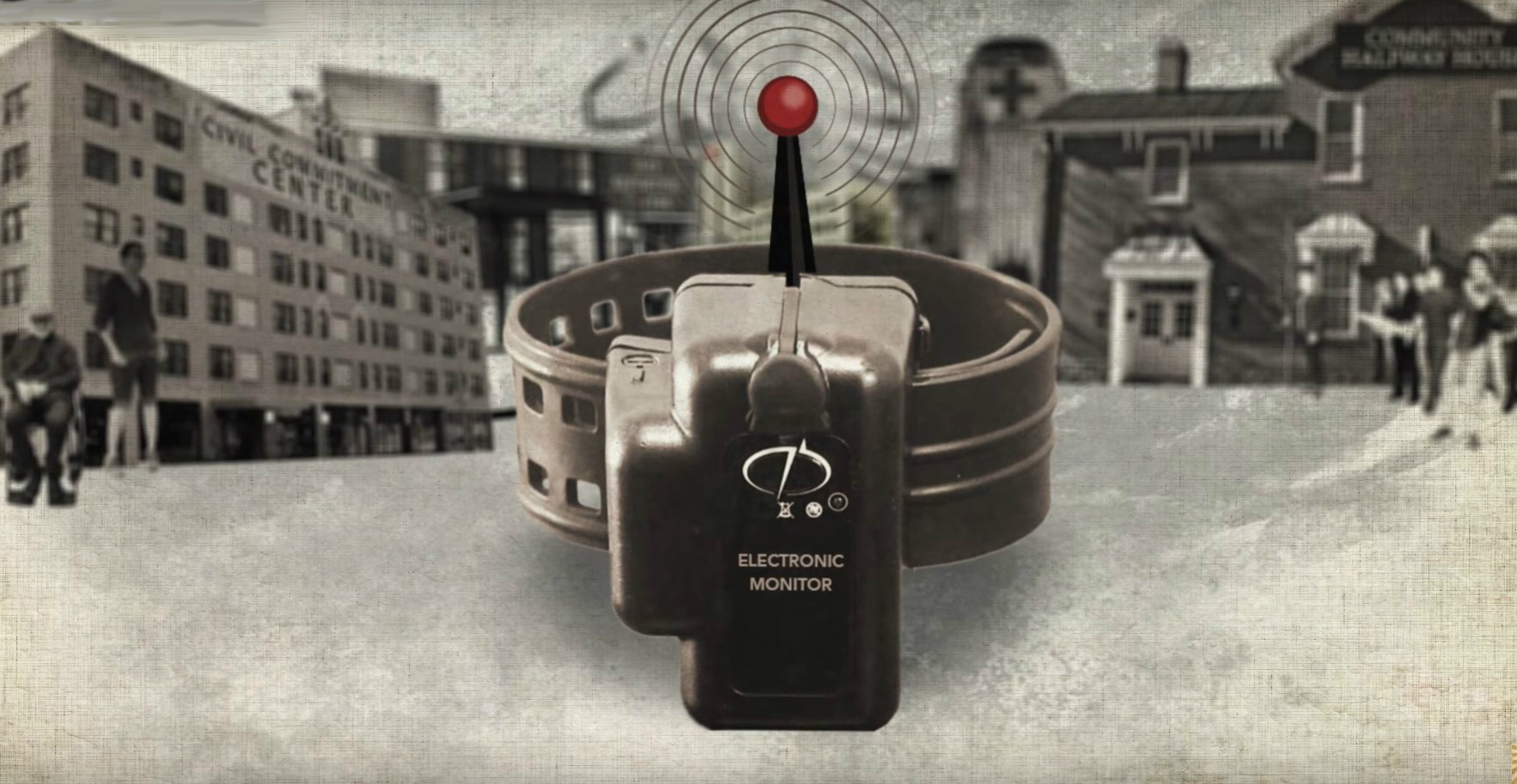
AFSC worked with Brave New Films to produce a video on the Treatment Industrial Complex (TIC). Brave New Films / AFSC
A new report by AFSC in Arizona exposes the growing "Treatment Industrial Complex"
The private prison industry has been in the news lately, and the news hasn’t been good. First the U.S. Department of Justice announced its plan to end its contracts with for-profit prison companies. Then the Secretary of the Department of Homeland Security said he wanted to review his department’s contracts with companies that run immigrant detention centers. And the Democratic nominee for president denounced the use of private prisons and pledged to stop using them.
All of these developments proved to be a hard hit for the private prison industry, causing the stock of the two largest for-profit prison corporations—GEO and Corrections Corporation of America—to have the worst quarter in 16 years.
But if you think this is the beginning of the end of incarceration for profit, think again. These corporations already have a backup plan—they are rebranding themselves as humanitarian providers of treatment and rehabilitation. They have begun acquiring smaller companies that run halfway houses or make electronic monitors. And they have made significant campaign contributions to ensure that they will get contracts to administer whatever criminal justice programs the government is supporting.
In August, AFSC’s Arizona office released its latest publication, Community Cages: Profitizing Community Corrections and Alternatives to Detention, an in-depth analysis of the movement of for-profit prison companies into community corrections programs such as diversion, reentry services, and “alternatives” to incarceration.
While its findings are disturbing, they’re not necessarily surprising. For some time, states have been looking toward sentencing reform efforts to reduce prison populations, pressuring the private prison industry to move toward so-called alternatives to incarceration.
Alternatives represents a huge untapped market for privatization. Nearly two-thirds of people involved in the criminal justice system are not held in prison or jail, but are instead monitored via community correction programs. At the end of 2014, more than 4.7 million adults were under probation or parole.
The private prison industry has seen a way to reduce costs but still make their profit. Community corrections refers to “front-end” alternatives to incarceration, such as probation, home arrest, diversion programs, and “back-end” re-entry programs such as parole, halfway houses, and work release centers.
In this report, we examine four different components of community corrections that are being aggressively privatized:
- Electronic monitoring through the use of GPS ankle monitors and other mobile surveillance technology;
- Day reporting centers for individuals to “check in” and/or participate in rehabilitative programs and services;
- Intermediate sanctions facilities as an alternative to revocation to prison for technical violations of the terms of probation or parole;
- Residential Reentry Centers, more commonly known as halfway houses.
Due to their extensive economic and political influence, corporations such as GEO and CCA are able to exploit reform efforts for their own financial gain and are able to out-compete smaller, community-based nonprofits to get contracts. This development poses a serious threat to the movement to end mass incarceration.
As prisons and detention centers fall out of favor, the number of people being placed on electronic monitoring and in post-release programs appears to be swelling. This trend raises serious concerns about “net-widening”—there is tremendous financial incentive for these companies to ensnare as many individuals as possible and keep them under surveillance or control for as long as possible.
The pursuit of profit undermines the movement’s goals of shrinking the size and scope of the criminal punishment system.
This report offers an in-depth analysis of these issues, making the strong case for a nationwide examination of these trends to ensure that reform efforts are truly meeting their goal of providing alternatives to incarceration, not alternative forms of incarceration.